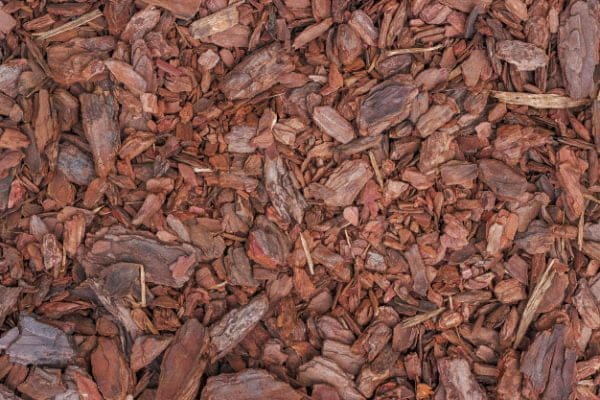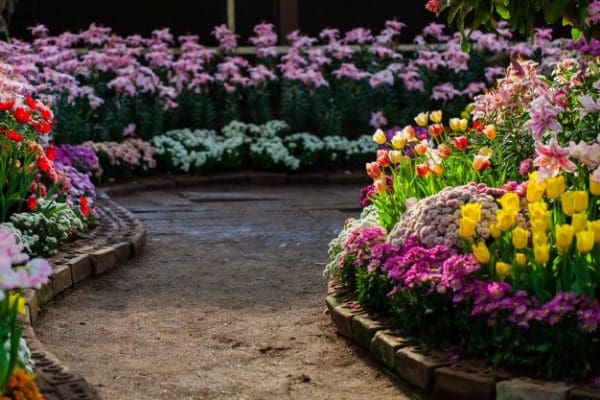There’s nothing more infuriating than looking at your gorgeous flower garden and noticing that it is slowly being taken over by pesky weeds. It always seems like those troublesome plants are the first to come up, the last to go dormant and the hardest to keep under control (let alone get rid of altogether).
Thankfully there a few steps you can take to make your life a little easier when it comes to fighting the weeding battle.
- Put Down Mulch
Mulch is an amazing addition to gardens of all types with a wide variety of benefits. It controls moisture, maintains a consistent temperature for the soil below and blocks out direct sunlight, preventing weeds from being able to thrive.
In order for it to be as effective as possible, consider opting for a two-layer preventive method. Before applying mulch, lay down plastic landscaping material, or even newspaper. Landscaping fabric isn’t recommended for areas that are often weeded (it’s preferred for locations like the root base of trees) and can actually become a base for weeds in which to attach after some time, leading to ripping of the fabric as weeds are removed in the future.
Once the base is set down, mulch should be applied in a 2-4 inch layer across the entire flower bed. This coating should smother out a good majority of the weeds saving you quite a bit of work in the long run.
- Weed After it Rains
When the soil is still wet, the dirt around a weed’s root system is much looser than normal. This allows gardener a much better chance to pull out the weed in its entirety. Anyone who has ever gardened before knows how frustrating it is to struggle with a large weed only to end up breaking it off halfway down, allowing the root system to continue strengthening and inevitably growing back and spreading even farther.
Moist soil also makes it easier to dig out deep and normally stubborn roots, as the dirt around the root is much simpler to manipulate. Consider investing in a weeding tool that allows you to follow the root down deep, unearthing the entire weed preventing it from spreading.
- Don’t Bother the Soil
As tempting as it may be to overturn your entire garden every single air (roots do need air after all) try to limit this to the areas directly around the roots of your plant.
Because seeds are constantly being spread by wind, insects, animals and even within raindrops, the top layer of your soil is more than likely littered with seeds that are inconspicuously placed, ready to sprout. Overworking the soil simply places these seeds in the prime located needed to sprout and thrive; robbing your plants of their nutrients and causing you more work.
- Poison the Roots
For more stubborn weeds, pesticides may be necessary. If you’ve ever been outside and stepped on a prickly weed that made you say more than one word a pirate would be proud of, than you’re probably familiar with Canadian thistle.
Weeds like this are actually part of an underground network in which the roots grow and individual weeds sprout along. Chopping off the head of weeds like this, or pulling them only encourages more growth.
In order to deal with nasty weeds like this, cut the plant down as far as possible then apply a liberal dose of pesticide that is safe to use in proximity to your plants and bushes. This process could an entire season but with patience and diligence you’ll be able to successfully remove troublesome weeds permanently.
- Weed and Feed Your Lawn
Your lawn is arguably the largest area of foliage on your entire property, and part of the key to controlling weeds in your garden is controlling them in your lawn as well.
Think about it. If your lawn is covered with dandelions, where do you think all those seeds are going to wind up?
- Plant Densely
Weeds will grow wherever there is the opportunity, so remove their chance at taking over your flower bed by creating a thick and full garden.
This works especially well with perennials that spread well naturally (daisies, brown-eyed Susan, phlocks) as they can easily take over an entire flower bed within a few years.
